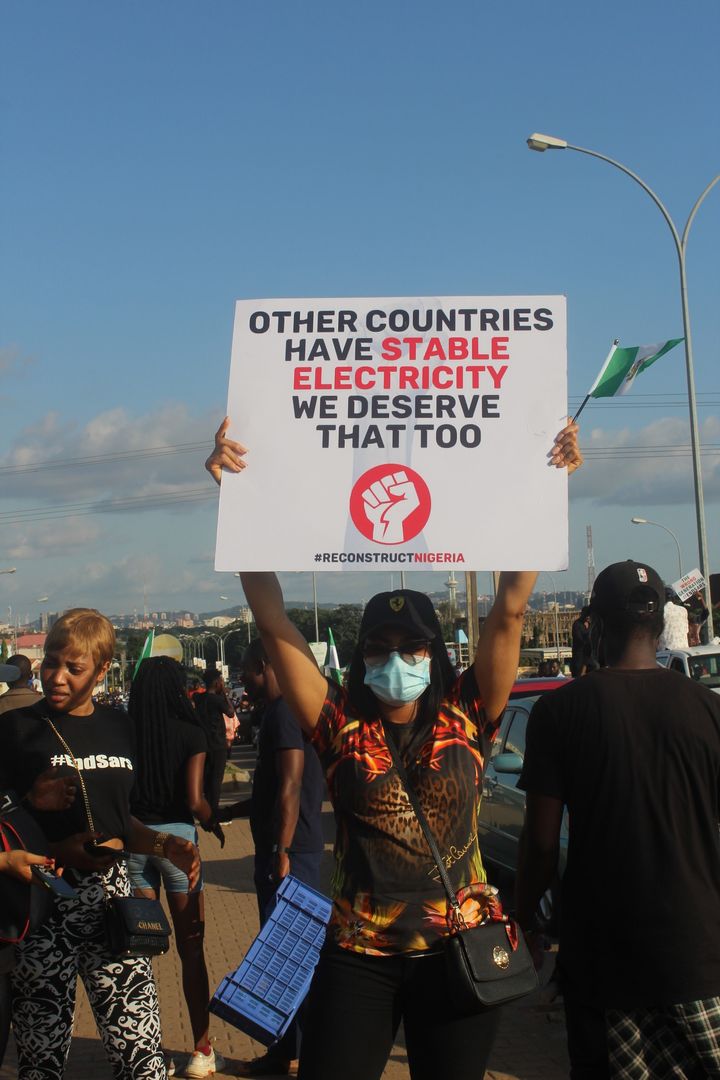External debt crisis should not be overlooked in Sudan’s struggle for power

As thousands camp outside Sudan’s makeshift military headquarters in Khartoum, there is genuine hope of a civilian transfer of power in Africa’s third largest country. After years of suppressive military rule and a decline in oil revenues following South Sudan’s secession in 2011, Omar al-Bashir was ousted in a bloodless coup earlier this month after three decades in power. But beyond the familiar challenges of rising bread prices and chronic state corruption lies a less talked about problem for Sudan’s next government, its external debt burden.
According to the IMF’s 2017 Debt Sustainability Analysis – containing the latest available figures – Sudan’s national debt reached 116 percent of GDP at end-2016, the bulk of which was foreign-denominated. External public debt was estimated at 111 percent, pushing annual interest payments up to 34 percent of revenues (well in excess of IMF recommended levels). Since the near total collapse of the Sudanese Dinar in early-2018, furthermore, these figures will have risen.
The transfer of funds away from interest payments to productive investment provides the carrot for Sudan’s next government. However, sovereign debt restructuring represents a terrifying stick, and for good reason. Debt resolutions are typically associated with capital outflows, currency depreciations and economic recessions. If planned carefully, however, they also present a rare opportunity, a reduction in the debt quantum and the chance for governments to pull up their bootstraps and regain the trust of citizens and creditors alike.
While Sudan can take little comfort from Cameroon’s performance after its 2004 default, it could look to Ukraine’s debt resolution and subsequent growth uptick following its debt default in 2015. If designed to achieve sustainability, and with the full consent of lenders, a debt restructuring may well be the ‘reset’ button Sudan desperately needs to reignite growth.
Unfortunately, Sudan has been barred from debt capital markets since the late 1990s. Following terrorist-related sanctions in 1997 Sudan was prohibited from issuing US-dollar bonds and quickly ceased servicing its foreign currency debt, subsequently amassing years of missed interest payments (otherwise known as arrears). It is a little-known fact that insolvent countries must undertake an ‘arrears-clearance’ program with multi-lateral agencies first before carrying out a wider debt workout.
The one saving-grace from President Clinton’s punitive 1990s sanctions is that, cast into the financial wilderness for decades, Sudan remains eligible for the IMF/World Bank’s Heavily Indebted Poor Countries initiative (HIPC), a multi-country debt relief project. Banned from the program in the early 2000s, Sudan is now entitled (following removal from the United States’ ‘terror list’) to use HIPC financing to clear the Augean stable of its arrears.
Last week, the African Union threatened Sudan’s interim military government with exclusion from the group pending failure to return the country to civilian rule within three months. A canny move as suspension from the regional body would make negotiations with creditors, desperately needed to unlock HIPC funds, close to impossible.
If Sudan’s next government wishes to avoid the failures of Mr Bashir’s tenure and overcome the financial trappings of excessive debt, it will almost certainly need to use IMF moneys as a starting point for restructuring efforts. Once arrears are successfully cleared, Sudan can then begin restructuring negotiations with bi-lateral and commercial creditors. Resolution to the debt crisis will be long and painful, but if Sudan’s next President wishes to avoid the economic doldrums of the past decade, sovereign debt restructuring will need to be a top priority.


